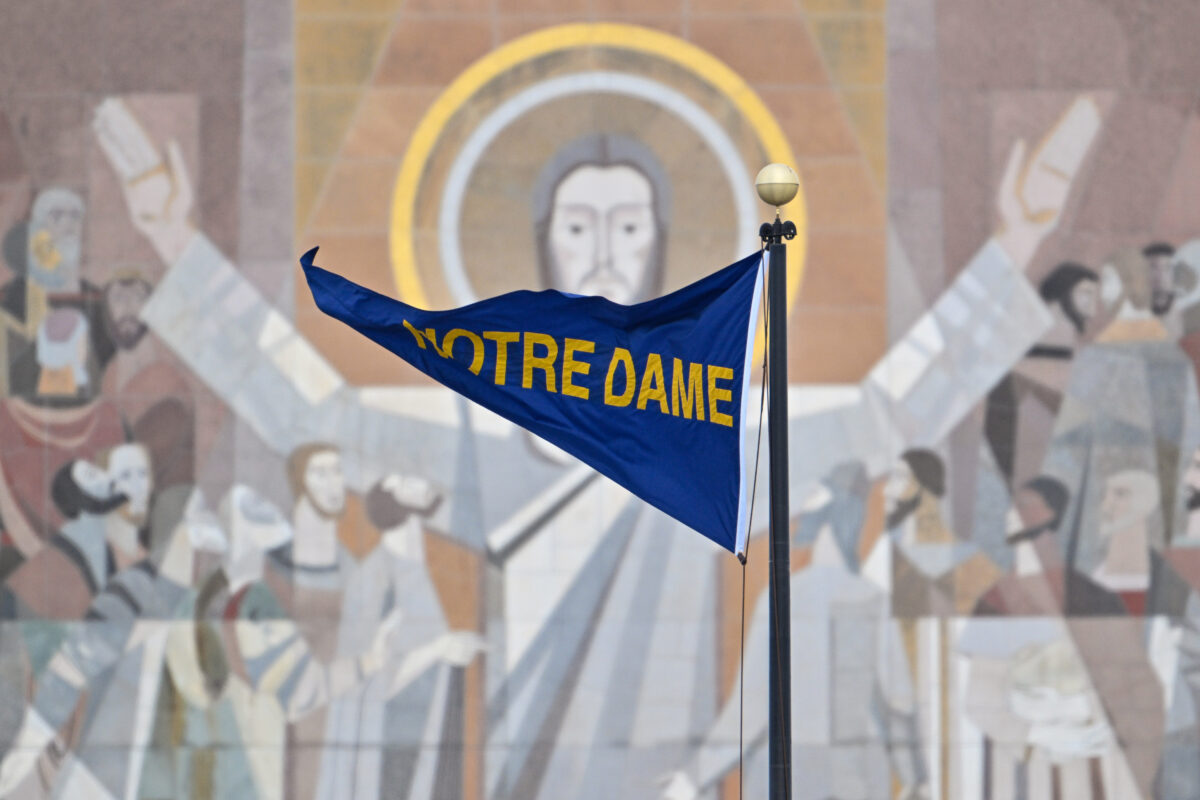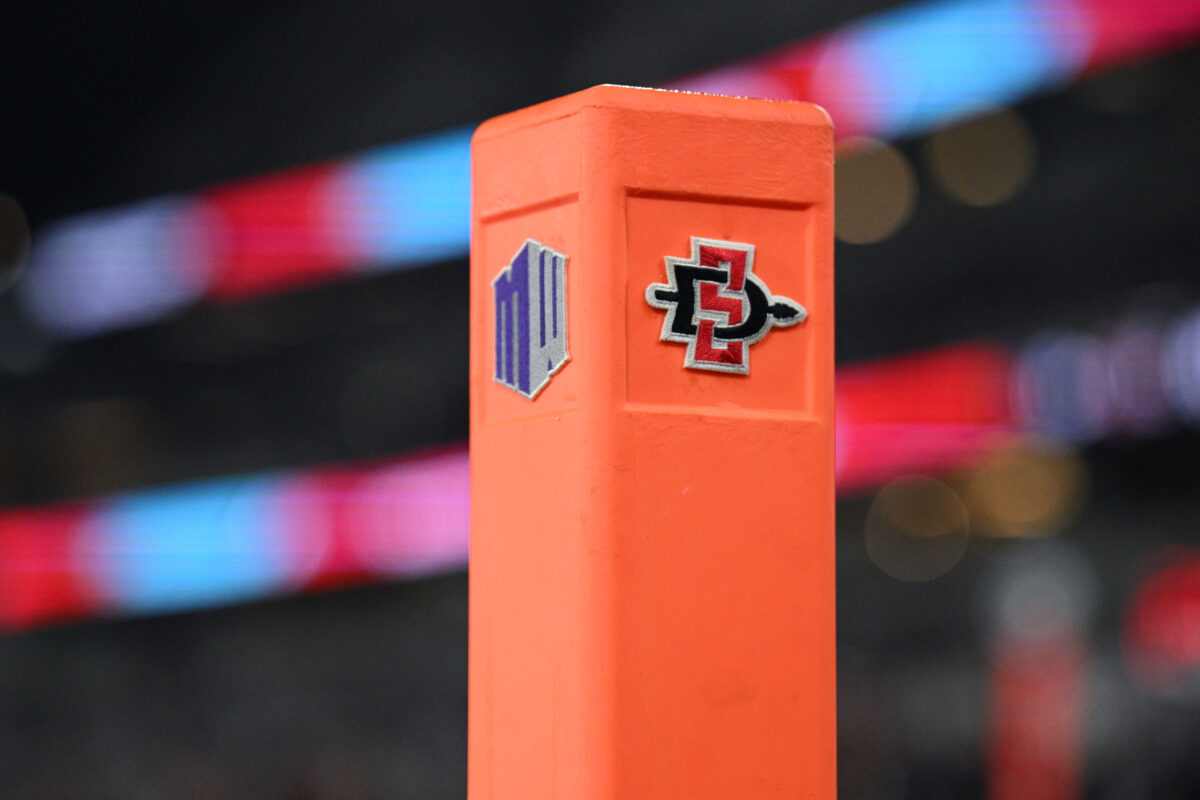Earlier this week, the American Association of Universities (AAU) admitted six new members to the association. Arizona State, University of California Riverside, Georgia Washington Miami, Notre Dame, and South Florida.
For most, this announcement would go unnoticed and have little importance. While it is a distinguished honor for each of these six universities, it could also impact the college sports landscape, especially regarding one particular conference.
When it comes to the Big Ten, it has historically been the conference’s prerogative to only add schools that are a part of the AAU.
AAU schools are known not just for their education but as research institutions, the Big Ten has been known to not just promote their schools from an athletic standpoint but also from an academic standpoint. In an effort to maintain their conference’s strong educational background as well, it’s been a requirement for universities to join the conference to be part of the AAU.
Schools such as Northwestern, Michigan, Wisconsin, Illinois, and Ohio State just to name a few are often praised for their academic prowess.
Currently, 13 of the Big Ten’s 14 institutions are members of the AAU, with only Nebraska not being a part of the AAU. When Nebraska accepted an invitation to join the Big Ten in 2010, the university at the time was an AAU institution. They, however, lost their AAU membership in 2011, the same year they officially joined the conference.
That being said, both Rutgers and Maryland at the time in 2011 were also a part of the AAU and remain so to this day. UCLA and USC who are set to join the conference in 2024 are also AAU members.
This leads us back to why this week’s announcement is important for the future of college athletics. The three schools here that are of special intrigue are Arizona State, Miami, and Notre Dame.
With college conference realignment continuing to develop rapidly over the last few weeks, it is of special intrigue that these three schools; all possible institutions to join the Big Ten received their accreditation.
Many may not think of Arizona State as a superior academic institution and while AAU membership doesn’t say it is, the membership still gets the Sun Devils in the door of potential Big Ten discussion.
The future of the Pac-12 is without a doubt in question and the Sun Devils now could add some potential leverage to their side of the discussions. The university is now able to go to the table with the Pac-12, which hopes to retain the university, the Big 12 in the event the conference looks to commandeer universities from The Four Corner States, and the Big Ten which is likely to continue looking for westward expansion.
While it remains to be seen if Arizona State is a legitimate option to join the Big Ten, the AAU membership at the very least makes them a potential option, and an intriguing one at that.
Notre Dame has always been a popular media and fan pick to eventually join the Big Ten. It makes sense for many reasons especially from a geographic standpoint but also from a rivalry standpoint. The Fighting Irish historically have long-standing rivalries with programs such as Michigan, Michigan State, Ohio State, Penn State, and Purdue. One of several things holding back those discussions from being more serious, however, was the lack of an AAU membership for the Fighting Irish. Now, that is no longer a problem. Could this be one step closer to Notre Dame joining the Big Ten?
Miami is probably not a school that many would think of joining the Big 10 if they were to leave the ACC but it’s quite possible. The Hurricanes would make sense for the Big Ten in adding another major television market to the conference but also by dipping into the south and trying to steal some of the SEC’s momentum and even more of the ACC’s. The Big Ten’s premier programs already dip into Florida’s talent pool on the recruiting trail and this would allow the conference to continue to establish a foothold in the south. Is it likely? It’s hard to say but if Miami would indeed leave the ACC, the Big 10 should not be counted out in those discussions.
Of course, just because these schools joined the AAU, does not mean they’re automatically going to join the Big 10 or that it’s even likely that they do. But with the landscape of college football ever-changing and realignment being as hot of a topic as ever, the AAU additions were certainly worth noting. Other notable AAU universities that could be a part of conference realignment whether in regards to the Big Ten or elsewhere include; Georgia Tech, Stanford, Colorado, North Carolina, Oregon, and Washington.









